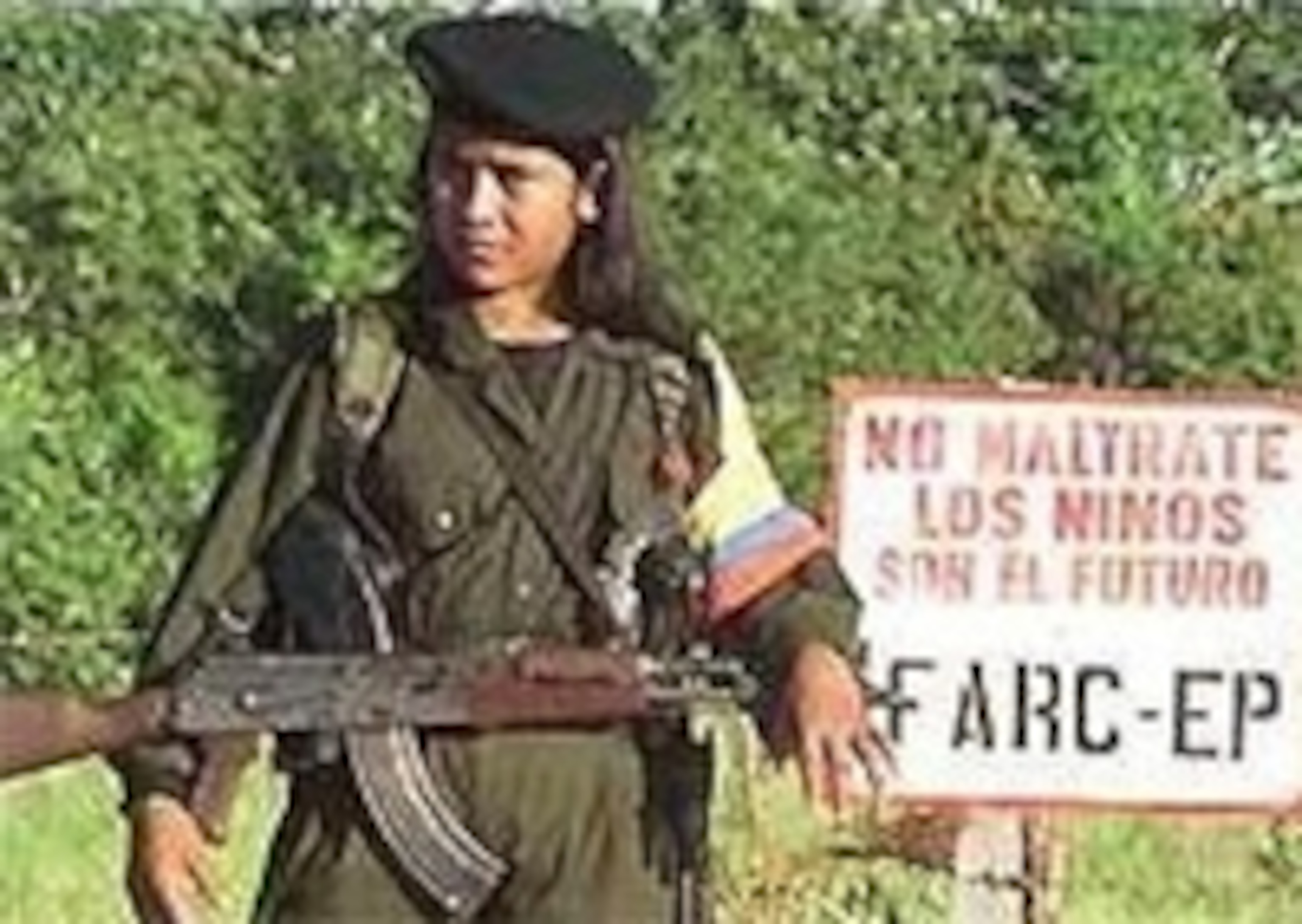Guerrilla reading – what former revolutionaries tell us about the neuroscience of literacy
In the 1990s, Colombia reintegrated five left-wing guerrilla groups back into mainstream society after decades of conflict. Education was a big priority – many of the guerrillas had spent their entire lives fighting and were more familiar with the grasp of a gun than a pencil. Reintegration offered them the chance to learn to read and write for the first time in their lives, but it also offered Manuel Carreiras a chance to study what happens in the human brain as we become literate.

Of course, millions of people – children – learn to read every year but this new skill arrives in the context of many others. Their brains grow quickly, they learn at a tremendous pace, and there’s generally so much going on that their developing are next to useless for understanding the changes wrought by literacy. Such a quest would be like looking for a snowflake on a glacier. Far better to study what happens when fully-grown adults, whose brains have gone past those hectic days of development, learn to read.
To that end, Carreiras scanned the brains of 42 adult ex-guerrillas, 20 of whom had just completed a literacy programme in Spanish. The other 22, who had shared similar ages, backgrounds and mental abilities, had yet to start the course. The scans revealed a neural signature of literacy, changes in the brain that are exclusive to reading.
These changes affected both the white matter – the brain’s wiring system consisting of the long arms of nerve cells, and the grey matter, consisting of the nerve cells’ central bodies. Compared to their illiterate peers, the newly literate guerrillas had more grey matter in five regions towards the back of their brains, such as their angular gyri. Some are thought to help us process the things we see, others help to recognise words and others process the sounds of language.
The late-literate group also had more white matter in the splenium. This part of the brain is frequently damaged in patients with alexia, who have excellent language skills marred only by a specific inability to read.
All of these areas are connected. Using a technique called diffusion tensor imaging that measures the connections between different parts of the brain, Carreiras showed that the grey matter areas on both sides of the brain (particularly the angular gyri and dorsal occipital gyri) are linked to one another via the splenium.
Learning to read involves strengthening these connections. Carreiras demonstrated this by comparing the brain activity of 20 literate adults as they either read the names of various objects or named the objects from pictures. The study showed that reading, compared to simple object-naming, involved stronger connections between the five gray matter areas identified in the former guerrillas, particularly the dorsal occipital gyri (DOCC, involved in processing images) and the supramarginal gyri (SMG, involved in processing sounds).
Meanwhile, the angular gyrus, which deals with the meanings of words, exerts a degree of executive control over the other areas. Learning to read also involves more cross-talk between the angular gyri on both sides of the brain, and Carreiras suggests that this crucial area helps us to discriminate between words that look similar (such as chain or chair), based on their context.
These changes are a neural signature of literacy. Carreiras’s evidence is particularly strong because he homed in on the same part of the brain using three different types of brain-scanning techniques, and because he worked with people who learned to read as adults and as children.
The lessons from this study should be a boon to researchers working on dyslexia. Many other studies have shown that dyslexics have less grey matter in key regions at the back of their brain, and less white matter in the splenium connecting these areas. But this insights gained from the Colombians suggests that these deficits aren’t the cause of reading difficulties, they are a result of them.
Reference: Nature 10.1038/nature08461
Image: By Sgiraldoa
More on language
- The evolution of the past tense – how verbs change over time
- Pregnant pauses and rapid-fire – how do different cultures take turns to talk?
- Five-month-old babies prefer their own languages and shun foreign accents
- Babies can tell apart different languages with visual cues alone
- Babies’ gestures partly explain link between wealth and vocabulary
